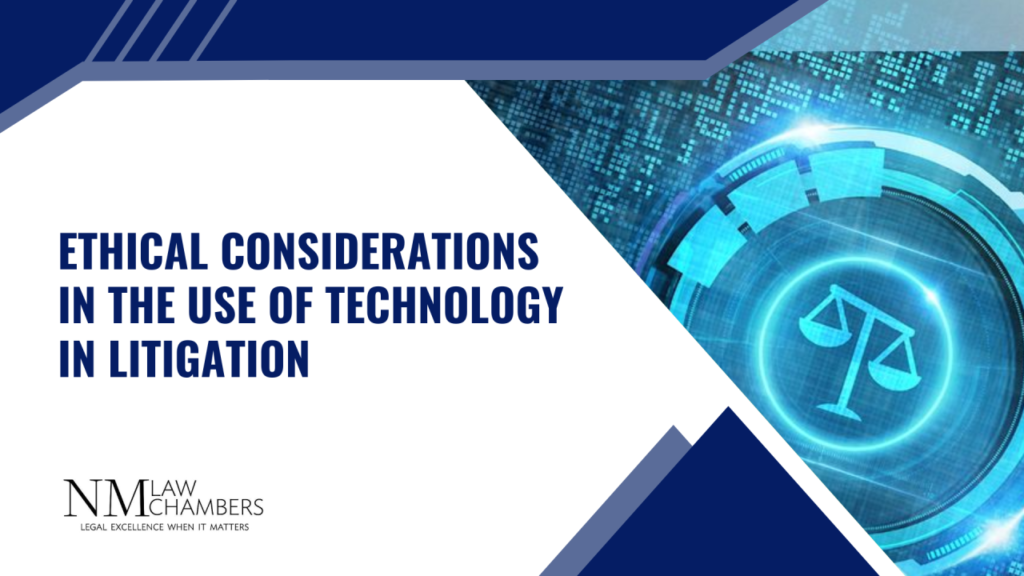PERSONAL INSOLVENCY: Road at the End of Tunnel
01 Personal Insolvency in India The Insolvency and Bankruptcy Code, 2016 (IBC) consolidated the previously scattered legal framework into a single, comprehensive law. The IBC defines personal insolvency as the inability of an individual or partnership firm to meet their debt obligations. The code aims to streamline the insolvency resolution process, safeguard the interests of both creditors and debtors, and foster entrepreneurship. Before the IBC, personal insolvency was managed under several laws, such as the Presidency Towns Insolvency Act, 1909, and the Provincial Insolvency Act, 1920, resulting in a complex and inefficient system. The introduction of the IBC has brought a more structured and coherent approach to addressing personal insolvency in India. 02 Insolvency and Bankruptcy Code, 2016 The Insolvency and Bankruptcy Code (IBC) is the primary legislation governing personal insolvency in India. It covers both individuals and partnership firms, creating a cohesive legal framework for managing insolvency cases. The code specifies the roles and responsibilities of key stakeholders, including debtors, creditors, Insolvency Resolution Professionals (IRPs), and Adjudicating Authorities. The IBC aims to balance the interests of all parties involved, ensuring a fair and efficient insolvency resolution process. It outlines the specific steps to be followed, including the initiation of insolvency proceedings, appointment of the IRP, and the preparation and approval of the Insolvency Resolution Plan. 03 Who is a Personal Guarantor? Rule 3 (e) of Personal Guarantor Rules: “debtor who is a personal guarantor to a corporate debtor and in respect of whom guarantee has been invoked by the creditor and remains unpaid in full or part”. 04 Framework for Personal Insolvency Rule 3 (e) of Personal Guarantor Rules: “debtor who is a personal guarantor to a corporate debtor and in respect of whom guarantee has been invoked by the creditor and remains unpaid in full or part”. 05 Debt Discharge and Bankruptcy If the insolvency resolution process is unsuccessful or the debtor is unable to repay a minimum threshold of debt, the individual may be declared bankrupt by the Adjudicating Authority. Bankruptcy proceedings under the IBC provide for the liquidation of the debtor’s assets and the distribution of the proceeds among the creditors. After completing the bankruptcy process and meeting certain requirements, the debtor may receive a debt discharge. This discharge releases the debtor from their remaining debts, enabling them to start anew and recover financially. The debt discharge also protects the debtor from further creditor collection efforts. The specific conditions for obtaining a debt discharge are outlined in Section 138 of the IBC. 06 Challenges and Criticism Although the IBC has streamlined the insolvency process, it faces several challenges concerning personal insolvency. The key issues include: 07 Comparative Analysis Personal insolvency frameworks in other jurisdictions, such as the US (under Chapter 7 and Chapter 13 of the Bankruptcy Code) and the United Kingdom (under the Insolvency Act 1986), adopt different approaches compared to India’s system under the IBC. In the US, Chapter 7 provides for liquidation and debt discharge, while Chapter 13 offers repayment plans based on the debtor’s financial situation. The UK’s Insolvency Act 1986 also includes mechanisms for debt discharge and repayment, tailored to individual needs. India’s IBC strives to balance creditor interests with giving debtors a fresh start, but it is still evolving. A comparative analysis with the UK and US frameworks highlights both similarities and differences influenced by each jurisdiction’s historical, economic, and legal context. Both systems aim to provide debtors with a fresh start while protecting creditor rights, demonstrating the complex interplay between debtor relief, creditor recovery, and broader economic objectives. 08 Implementation & Challenges The implementation of the personal insolvency framework under the IBC has faced several challenges. Awareness and accessibility issues have limited the utilization of the insolvency resolution process, particularly among the marginalized sections of society. Delays in the resolution process and a lack of institutional capacity and infrastructure have also hindered the effectiveness of the system. Recent amendments to the IBC, such as the Insolvency and Bankruptcy Code (Amendment) Act, 2020, have aimed to address these concerns by strengthening the personal insolvency provisions and improving the institutional framework. Nevertheless, additional efforts are required to improve the efficiency and accessibility of the personal insolvency system in India. Promoting financial literacy and debt counselling services, as well as streamlining the adjudication process, can play a crucial role in supporting individuals facing insolvency.
PERSONAL INSOLVENCY: Road at the End of Tunnel Read More »









